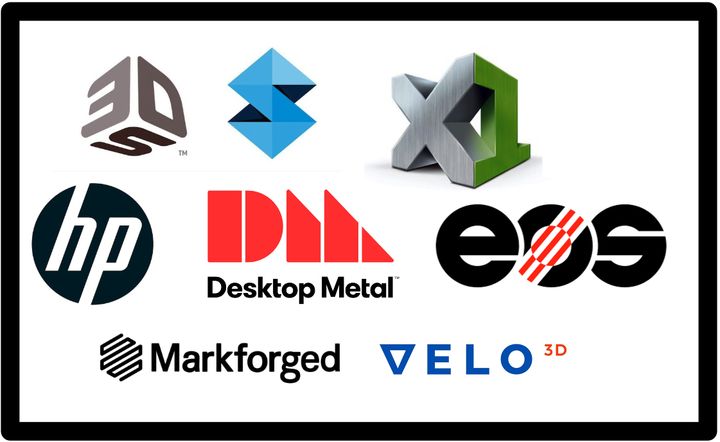
I’ve been thinking about 3D Systems’ dramatic sale of their on demand parts business, and I believe there is another reason behind the deal.
3D Systems Sells Services to Trilantic
Earlier, 3D Systems announced the sale of their worldwide on demand parts production service to private equity firm Trilantic North America, who will continue to run the operation under the “Quickparts” banner.
At first glance the reason for this major sale is to allow 3D Systems to focus more strongly on their core business. This had been severely diluted over the past decade when the company rapidly acquired far too many other businesses without properly consolidating them. Now the company, under new management, has been just as quickly divesting themselves of non-core businesses, such as this parts business.
But wait, isn’t 3D printing parts a core business?
Traditional 3D Print Services
In years past, most of the major 3D printer manufacturing companies operated 3D print services, typically as a subsidiary. The idea was that some potential clients might not be able to run the equipment themselves and would benefit from experts to run jobs for them.
This also formed a path for new clients to be introduced to the technology, either through site tours or by experiencing 3D printed parts through the service. Many clients would first “try it out” through a 3D print service and then later when print volumes were sufficiently high would buy their own equipment.
Having an associated 3D print service was indeed a terrific method of generating new 3D printer buyers. The service itself was also a guaranteed sale for new equipment and materials year after year.
However,, that paradigm seems to have changed.
Today’s 3D Print Services
Multiple third party 3D print services emerged, and while they may have launched using 3D printing tech, almost all have now discovered that clients actually want a variety of making services beyond simply 3D printing.
One by one we’ve seen 3D print services like Sculpteo, Shapeways, (3D) Hubs, Xometry, Protolabs and many others add more services, including laser cutting, CNC milling, sheet metal fabrication, and more. They’ve all become “one-stop-shops” for companies seeking to make components or even end-use products.
The value is in the customer relationship, rather than the technology. If a known client needs something made with another technology, they’ll likely use your service if you can provide the technology.
The original 3D print services from the big players like 3D Systems and Stratasys have gradually added more services from other providers, becoming much like the one-stop-shops operated by third parties.
Back to 3D Systems and their decision to divest of their 3D print service.
With this change in the fundamental nature of making services, it seems much clearer why the company was willing to depart with their 3D print service. The advantages of the past have diminished, and competition increased.
As for the guaranteed sales, they actually now have a much bigger market in that respect. While in the past they’d have guaranteed sales to their own service, today virtually all of the third party services want 3D Systems gear to ensure they’re covering all the technology bases. They will buy 3D Systems equipment in addition to equipment from other providers, and it’s likely a larger market now.
The more you look at this, the more obvious a move this sale has been. Now I’m wondering whether their competitors, particularly Stratasys, might also consider selling off their parts service business.
